Last week was pretty crazy for Austin — SXSW came in like a lion, and I’ll admit I am quite pleased that the city is laying quietly like a lamb once again. But though Sixth Street may be back to its sleepy Monday morning self, Public Citizen’s office is back in full swing. We’ve got a lot coming up this week: Solar Day in the Senate, Energy Efficiency hearings galore, a press conference and hearing on Sen. Ellis’ coal moratorium bill… and that just brings us to Tuesday. But before we launch headfirst into the environmentalist’s version of March Madness, let’s take a moment to regroup from last week.
From the good folks at Alliance for a Clean Texas, check out this mid-week review. A taste:
With meetings of the House and Senate State Affairs committees, House Energy Resources, House Environmental Regulation and not one but two meetings of the Senate Natural Resources Committee, the environmental agenda is in full swing in the 81st Session. This morning, Senator Lucio and Representative Gallego led a press conference highlighting legislation filed that supports investment in emerging renewable energy such as solar and geothermal. (The entire press packet is available here.) Among the benefits to investment in renewable energy? Green jobs, for one. (Stay on the lookout for green hardhats in the Capitol. You never know who’ll turn up wearing one.)
For more information on our St. Patty’s Day press conference with Sierra Club, check out Floor Pass’ Luck O’ the Lege post. You heard right, the number of renewable energy bills this session has doubled compared to last. As Mark Strama noted at the conference, “if you can just get everyone that filed a renewable energy bill to vote for a renewable energy bill, you’ll pass them all.” We should be so lucky!
Legislators who have authored Renewable Portfolio Standard (RPS) bills held a press conference this morning to announce that the number of renewable energy bills filed has doubled from last session to this session. For those yet unfamiliar with the jargon, RPS is a policy tool that sets a goal for providing a certain percentage of total energy used from renewable sources like wind and biomass. You can find descriptions of the RPS bills here.
Check our Flickr photostream for photos from the press conference, and stay tuned to stay in the loop this week!
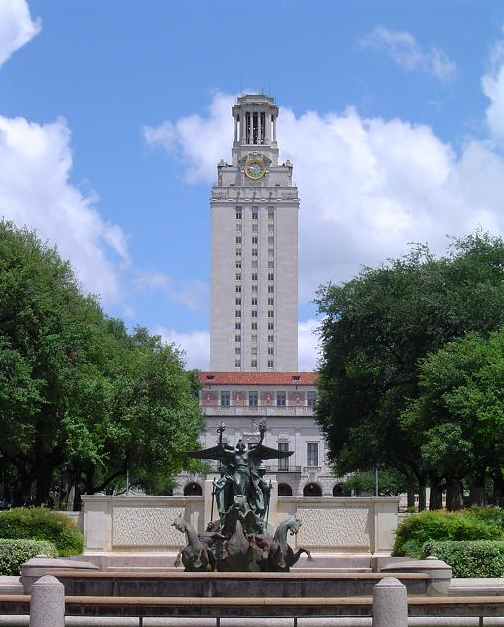 Over the past several months, researchers at the Good Company have been compiling a report to measure our own University of Texas’ emissions. Last week
Over the past several months, researchers at the Good Company have been compiling a report to measure our own University of Texas’ emissions. Last week 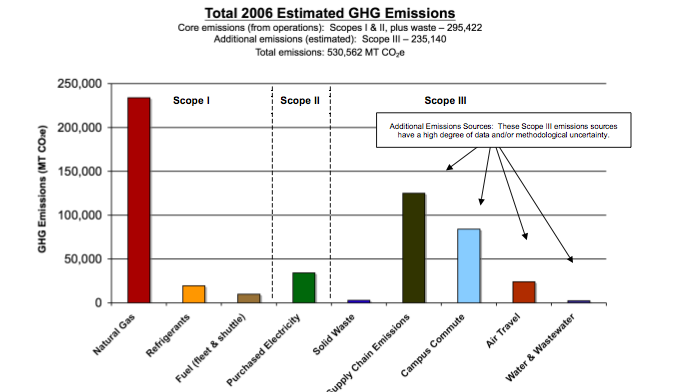 For me, one of the most interesting aspects of the report was a measure of the green house gasses emitted by a typical UT student to determine the per student carbon footprint. The report offered two general categories of students.
For me, one of the most interesting aspects of the report was a measure of the green house gasses emitted by a typical UT student to determine the per student carbon footprint. The report offered two general categories of students. 

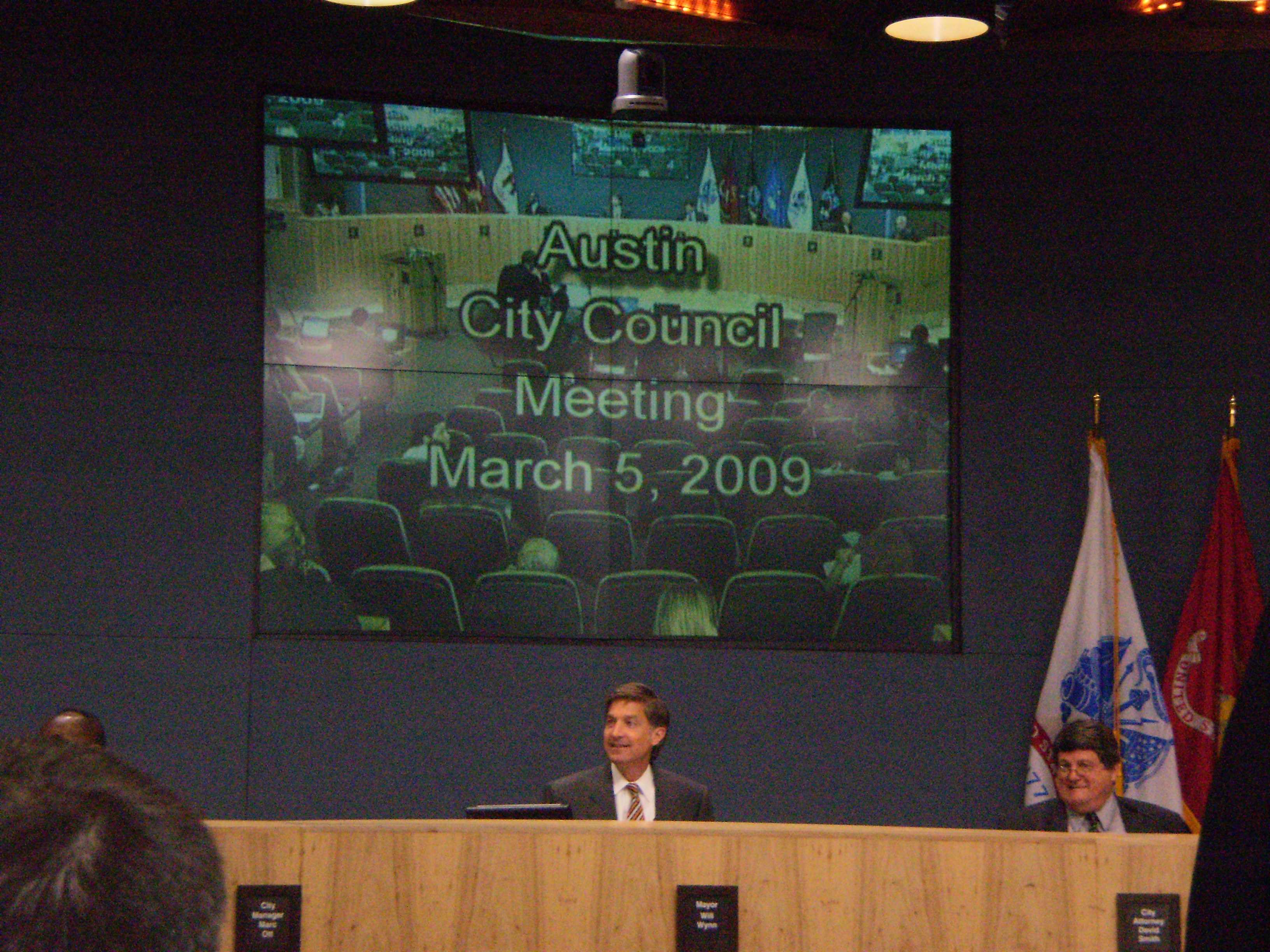 This afternoon the Austin City Council moved unanimously to approve Item 16 on the agenda, the purchasing power agreement with Gemini Solar Development Company to build a 30 MW solar plant at the Webberville tract. That means that by the end of 2011, Austin should be the proud home of the nation’s largest utility scale photovoltaic installation. This is a tremendous milestone for both the City and Austin Energy that will set us up as a leader in solar energy, create jobs, attract industry, and protect our citizens from volatile future energy prices while curbing our global warming emissions.
This afternoon the Austin City Council moved unanimously to approve Item 16 on the agenda, the purchasing power agreement with Gemini Solar Development Company to build a 30 MW solar plant at the Webberville tract. That means that by the end of 2011, Austin should be the proud home of the nation’s largest utility scale photovoltaic installation. This is a tremendous milestone for both the City and Austin Energy that will set us up as a leader in solar energy, create jobs, attract industry, and protect our citizens from volatile future energy prices while curbing our global warming emissions.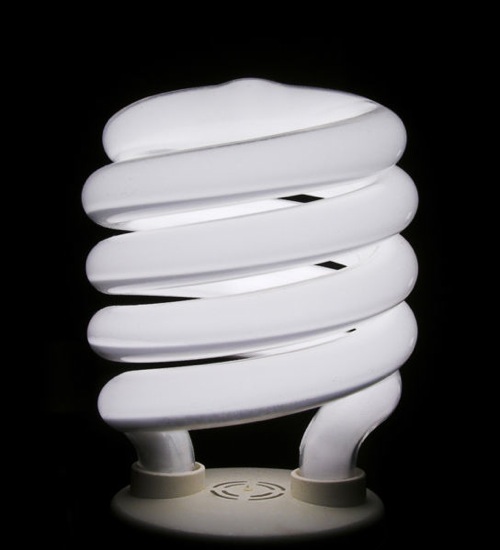 The Houston Chronicle ran an Op-Ed Sunday entitled
The Houston Chronicle ran an Op-Ed Sunday entitled 
 The Judge heard the rest of the people that were in the room, and any individuals who could not come back at a later time. Then a recess was called until the afternoon to reconvene at the Del Mar College Center for Ecological Development.
The Judge heard the rest of the people that were in the room, and any individuals who could not come back at a later time. Then a recess was called until the afternoon to reconvene at the Del Mar College Center for Ecological Development.
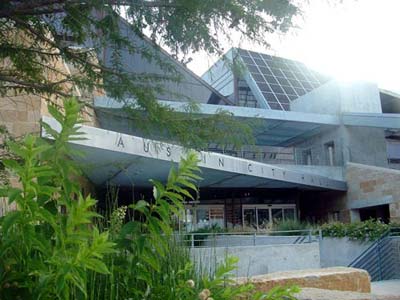
 Today the House and Senate are working to reconcile their different versions of the long-awaited economic stimulus package. The stakes are now higher than ever for Texans, who stand to gain from billions that could go toward developing renewable energy and efficiency in the state, reducing pollution from diesel engines, and cleaning up abandoned nuclear waste sites.
Today the House and Senate are working to reconcile their different versions of the long-awaited economic stimulus package. The stakes are now higher than ever for Texans, who stand to gain from billions that could go toward developing renewable energy and efficiency in the state, reducing pollution from diesel engines, and cleaning up abandoned nuclear waste sites. Time to show your support for solar, and your opposition to new nuclear power!
Time to show your support for solar, and your opposition to new nuclear power!
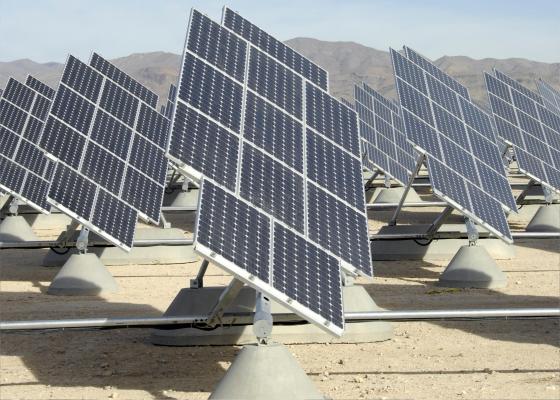
 I’m embarrassed.
I’m embarrassed. This week t
This week t

